Does the super-sports car actually exist? Is it really a thing?
After spending a couple of days driving three new cars brought together under that banner, I have my doubts. The super-sports car may be a figment of the car industry’s imagination, I reckon; or a clever bit of profit-generating sleight of hand, more likely.
Sometimes group tests are like this. You gather three new cars together that share a broadly common price point and mission statement and you expect to find them similar; but driving them back to back at length only makes you more aware of how different they are. Of how much separates them not just in terms of motive character and dynamic appeal, but also how different are the reasons you’d buy them and the ways you’d use them. And so it is when you try to force a McLaren 540C, a Porsche 911 Carrera GTS and the new Aston Martin Vantage into the same shopping basket. They flatly refuse to share.
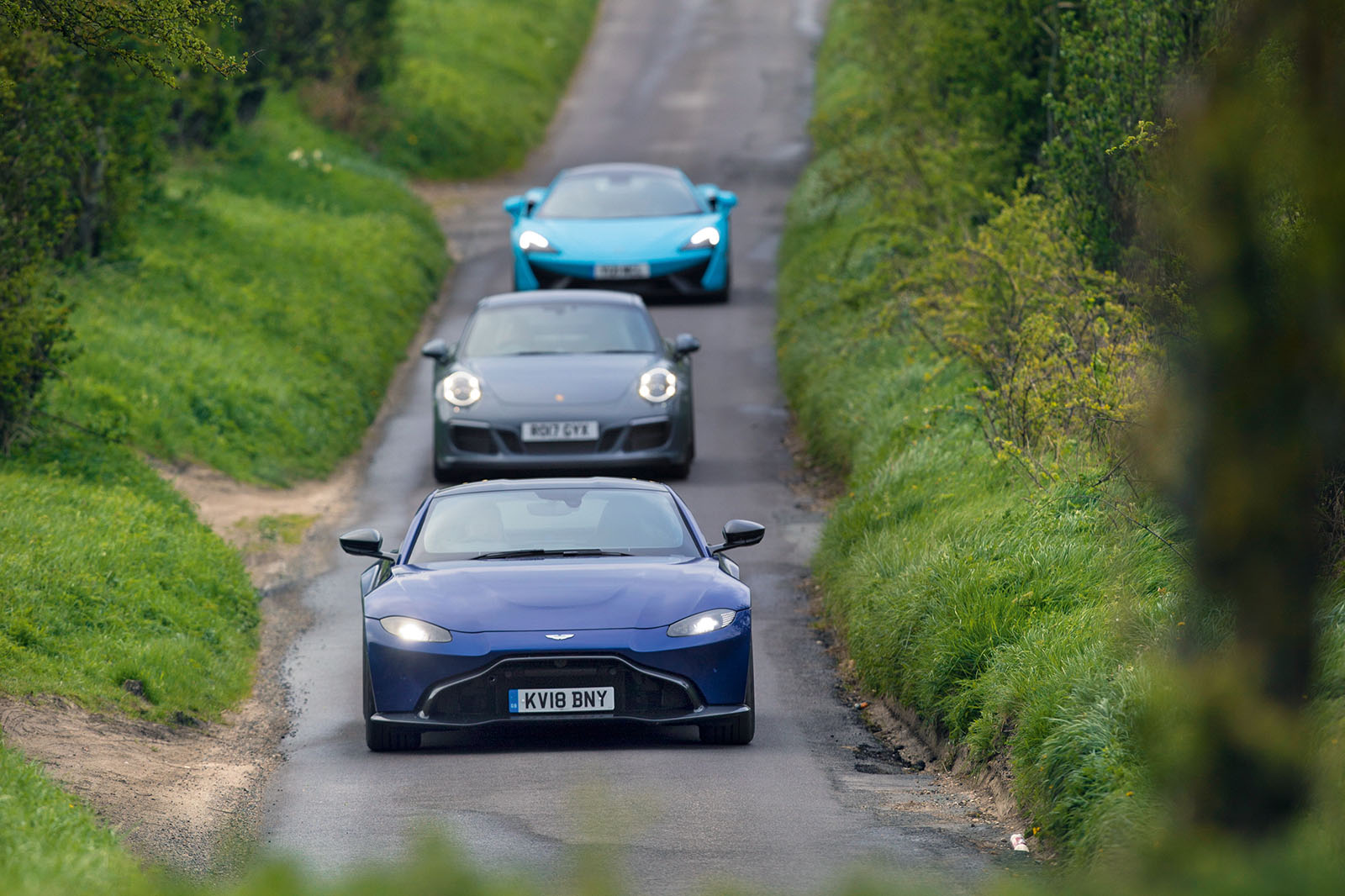
It may seem odd to suggest that one of the most important growth niches in the whole performance car market may be an imagined one; super- sports cars have sold rather well for the last decade or so, after all.
The segment was famously pioneered by Porsche back in the 1970s, and while it now contains cars as different as the Audi R8, Honda NSX and Nissan GT-R, it’s still known by many as the ‘911 Turbo’ class because of that car’s enduring popularity.
Weissach’s key realisation way back when was that there were plenty of customers who wanted something better than a 911, to use in precisely the same way as a 911. The thing is, after 43 years of trying, many would say that Porsche has failed to make the car it set out to. A Turbo is certainly a faster 911, after all – but has it ever been a demonstrably better sports car?

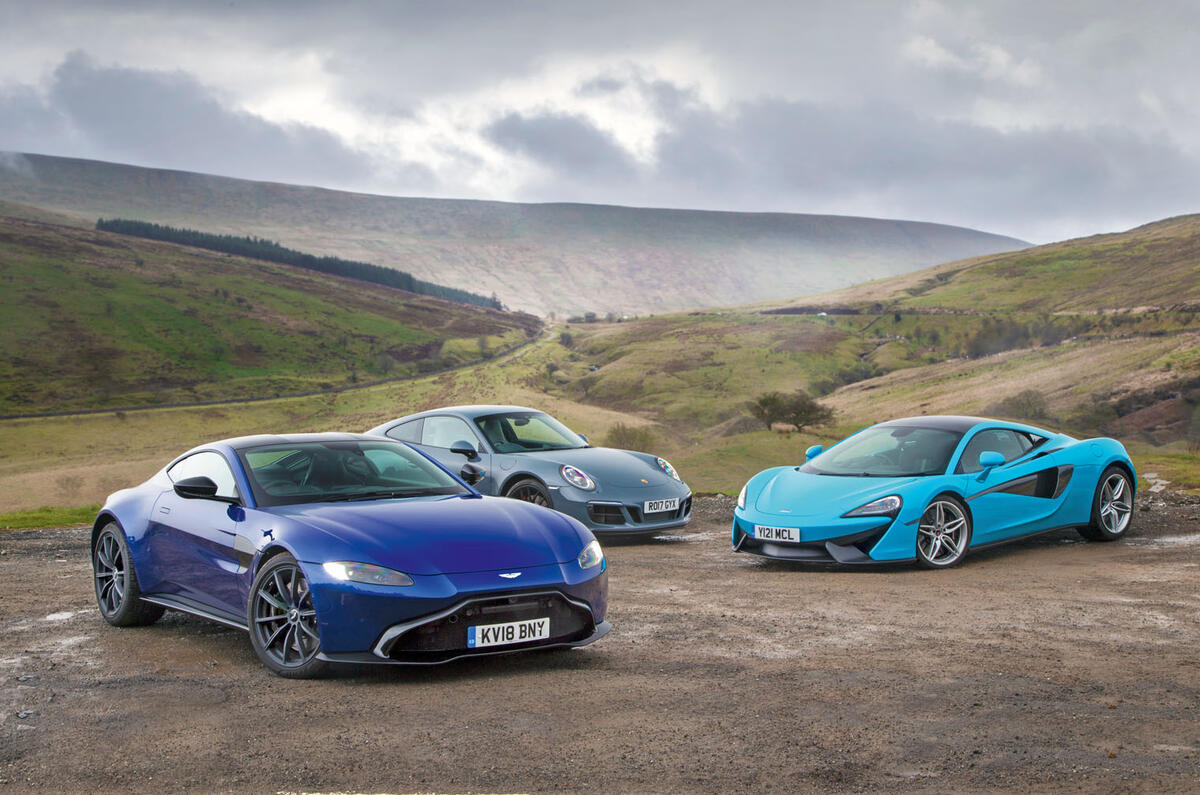
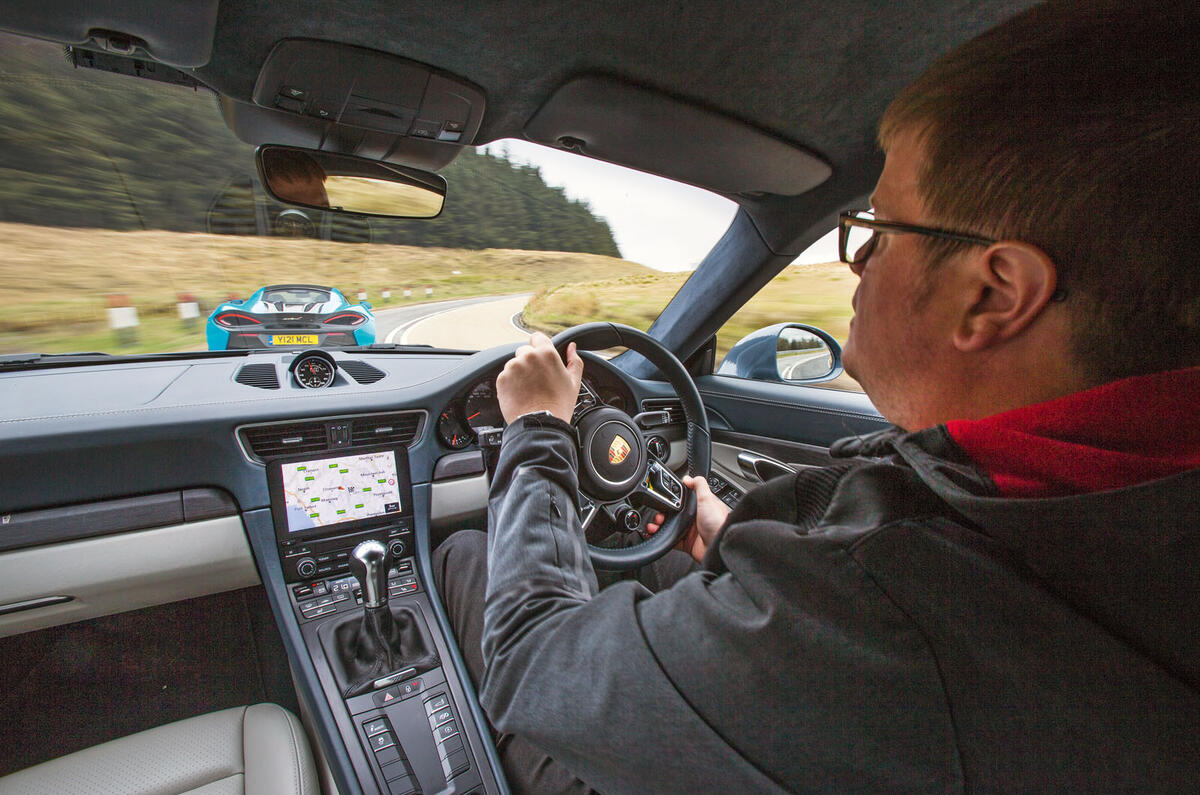
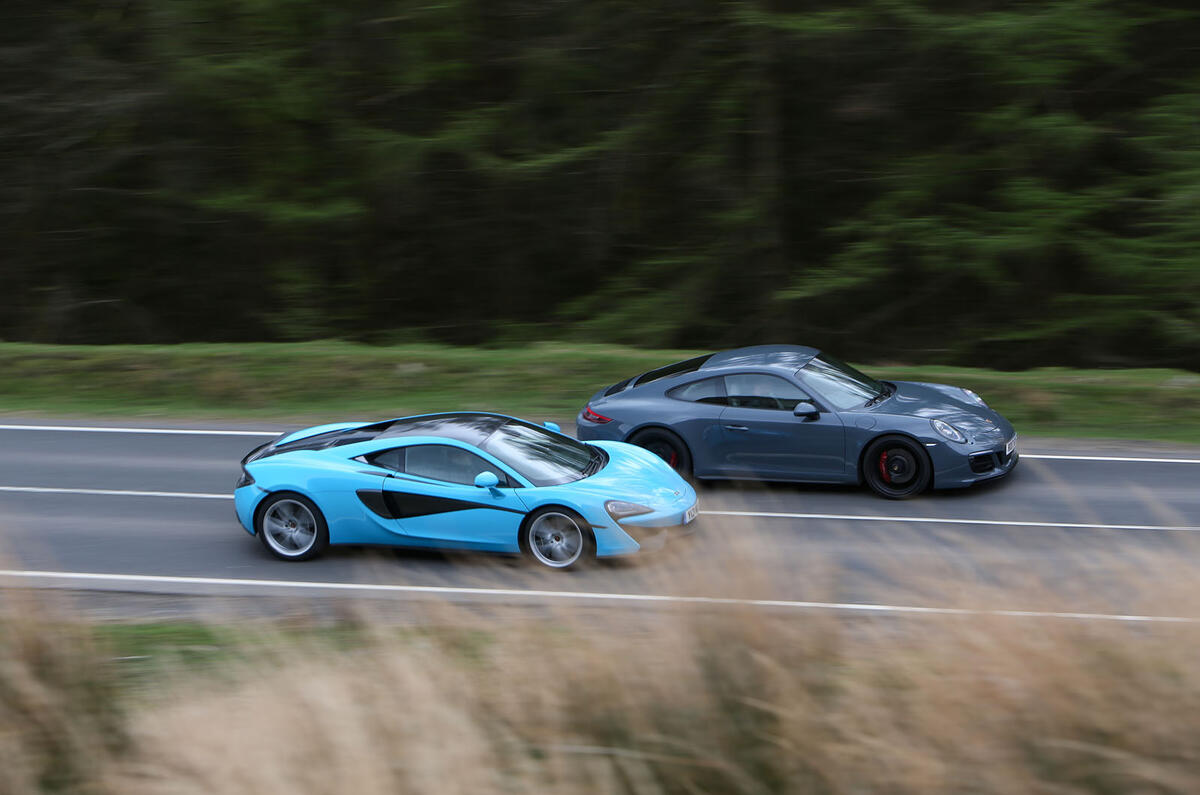

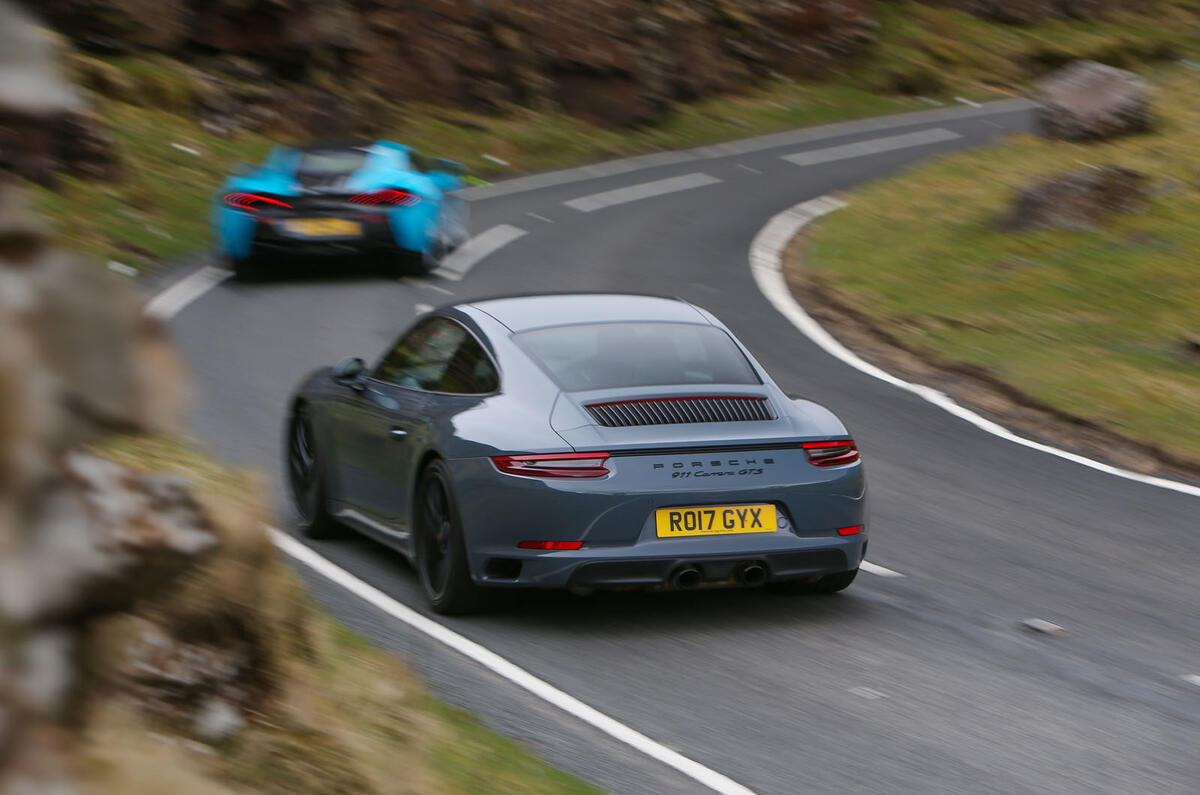
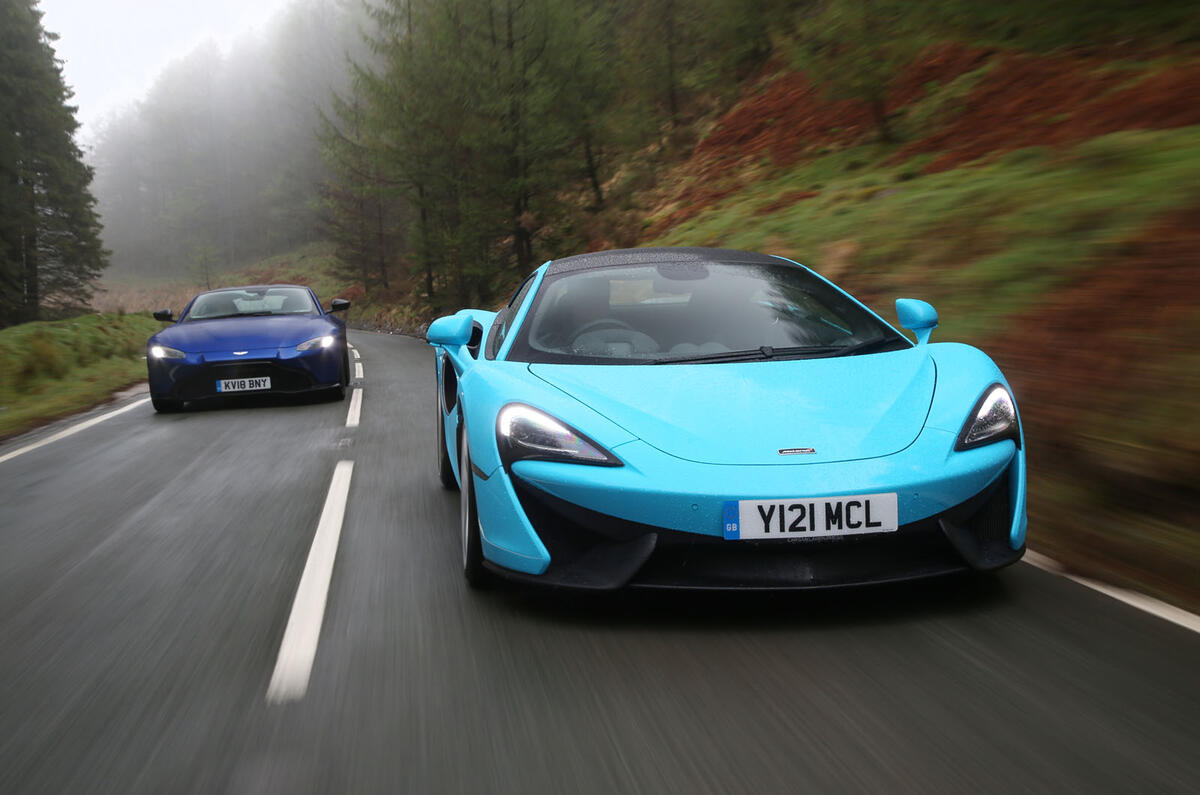
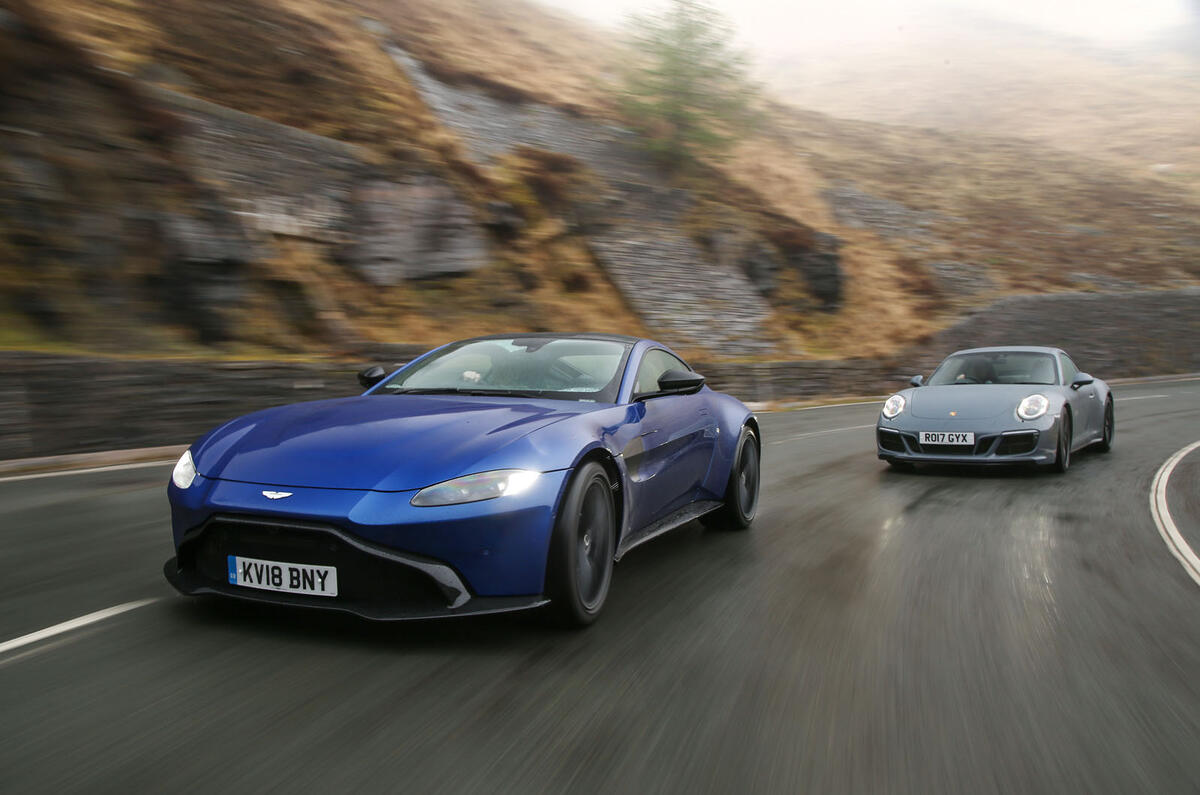
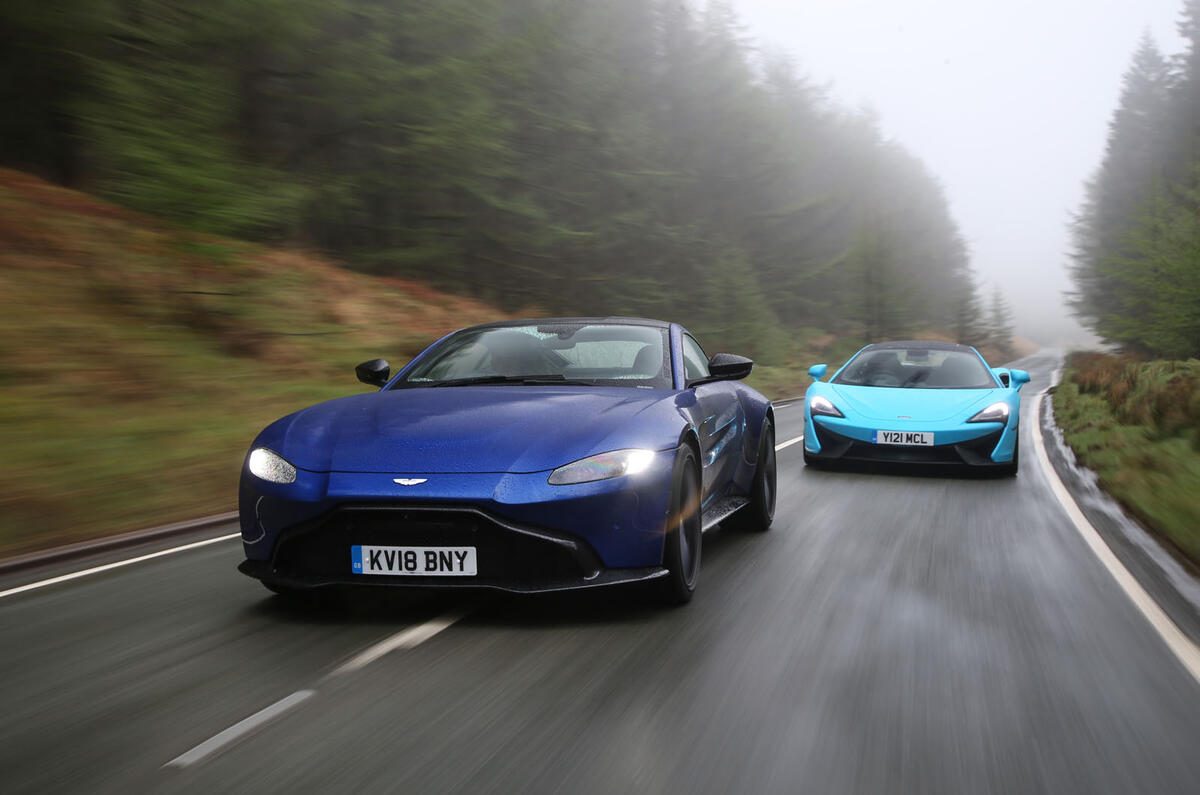
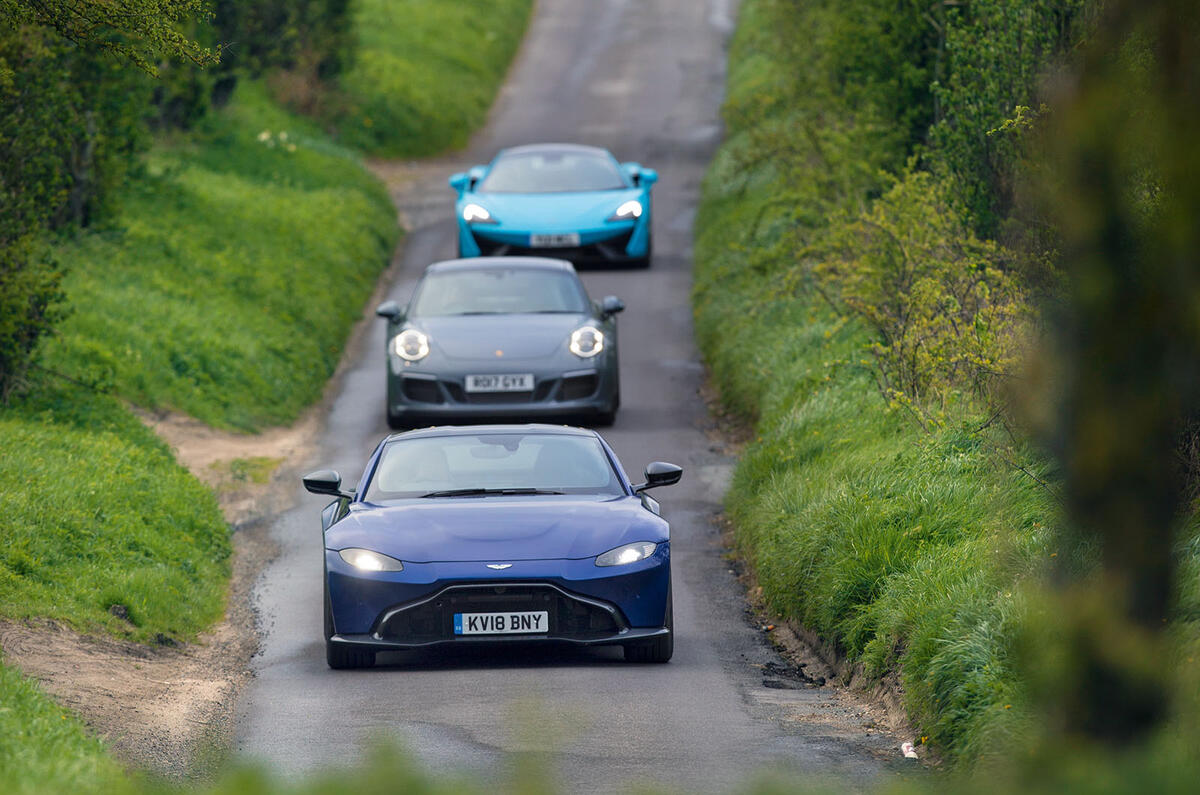
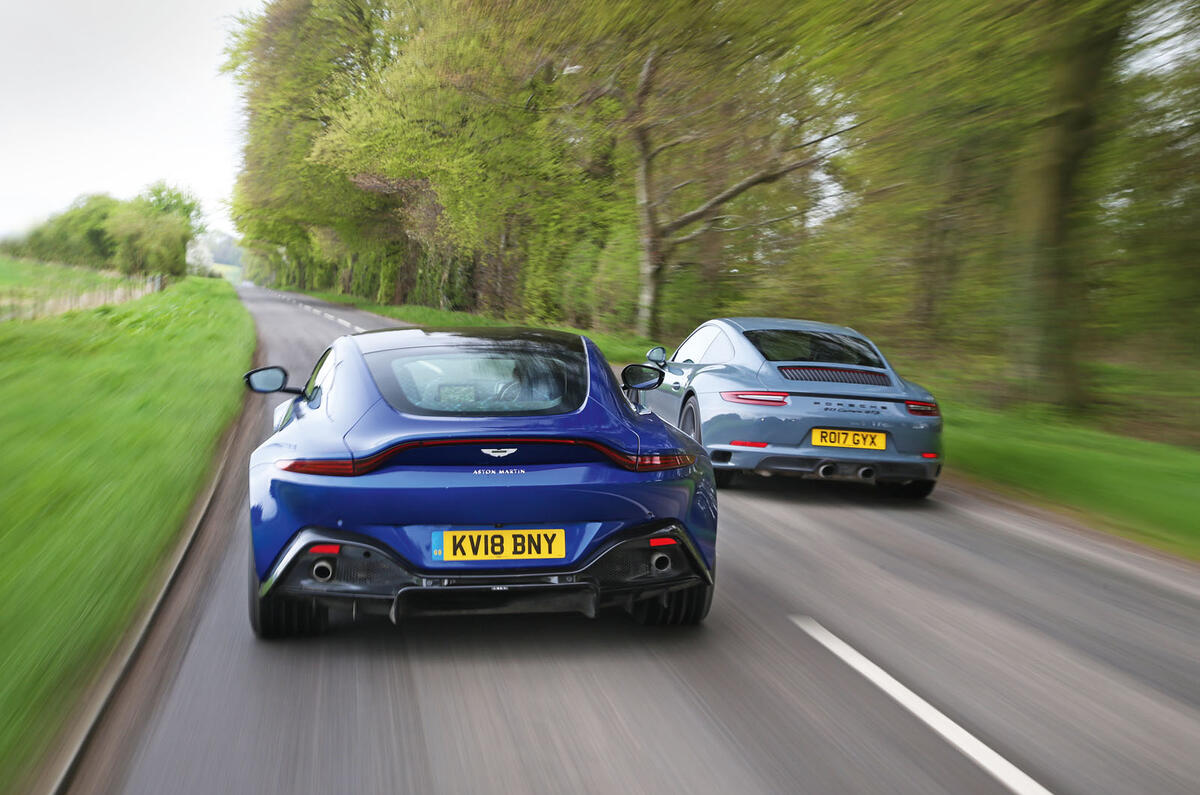
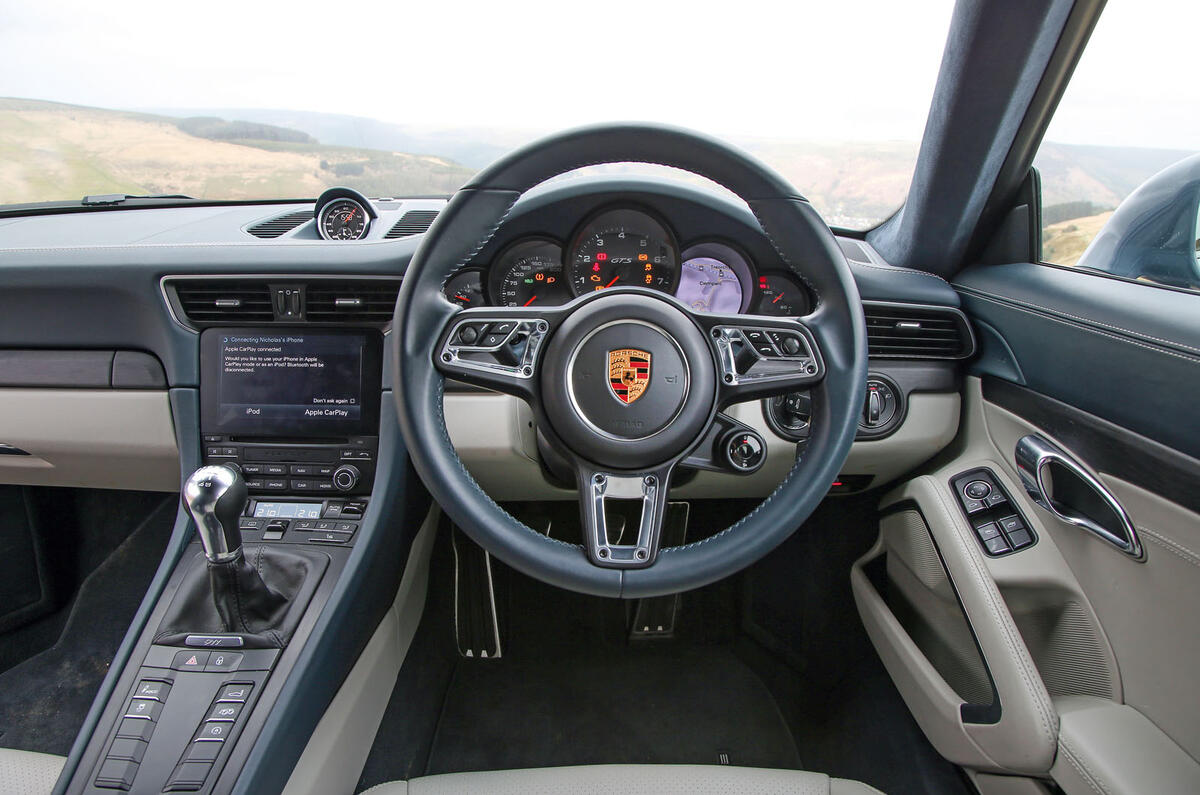
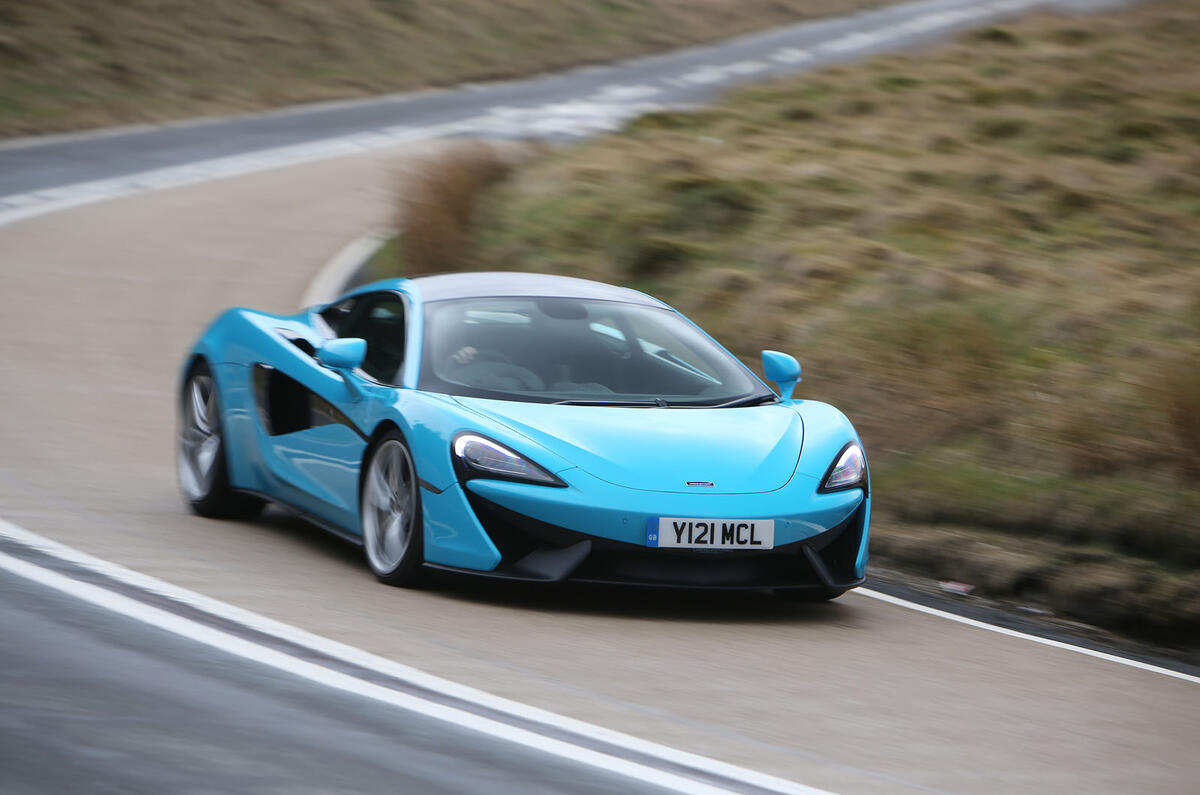
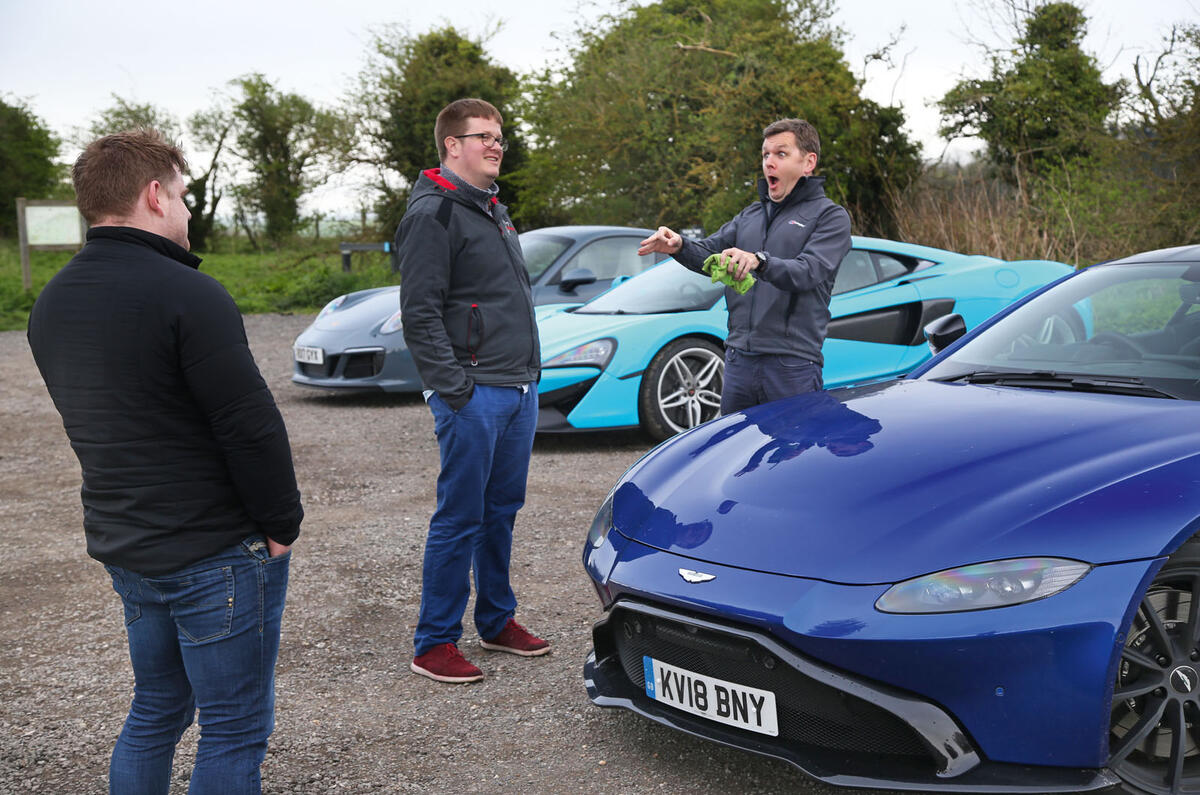
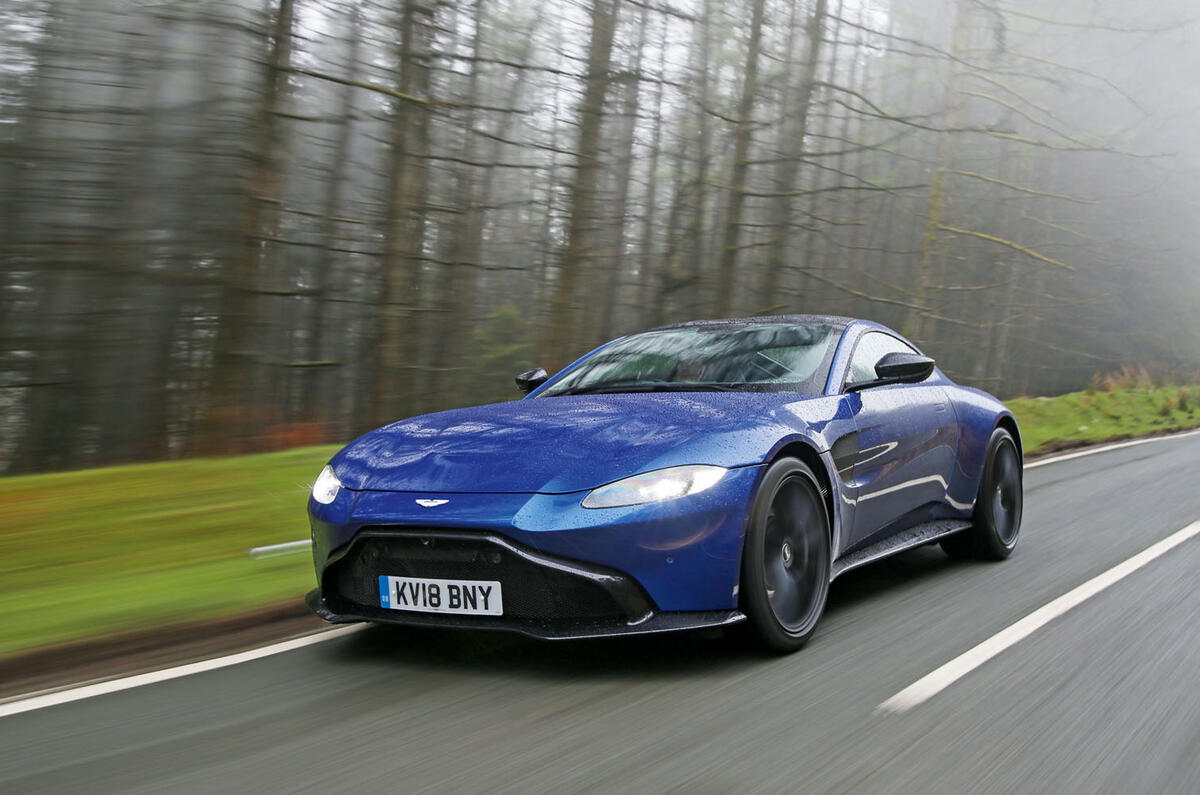
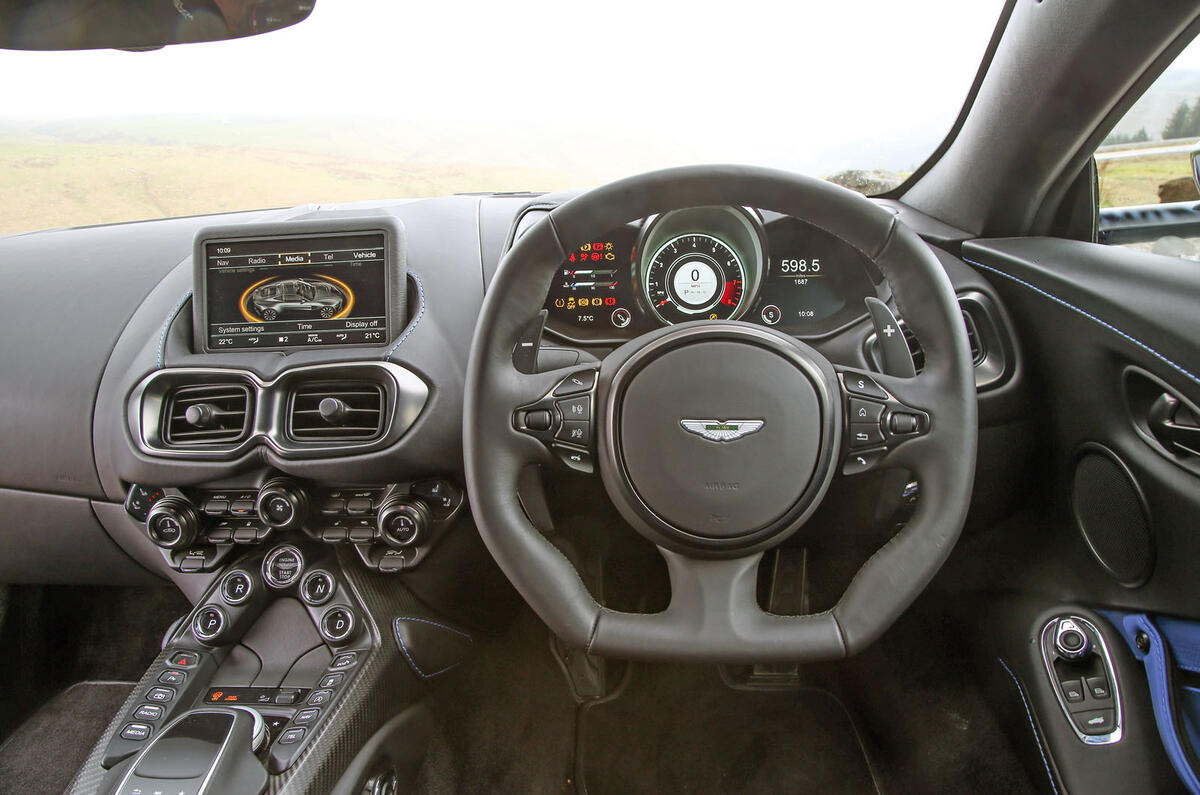
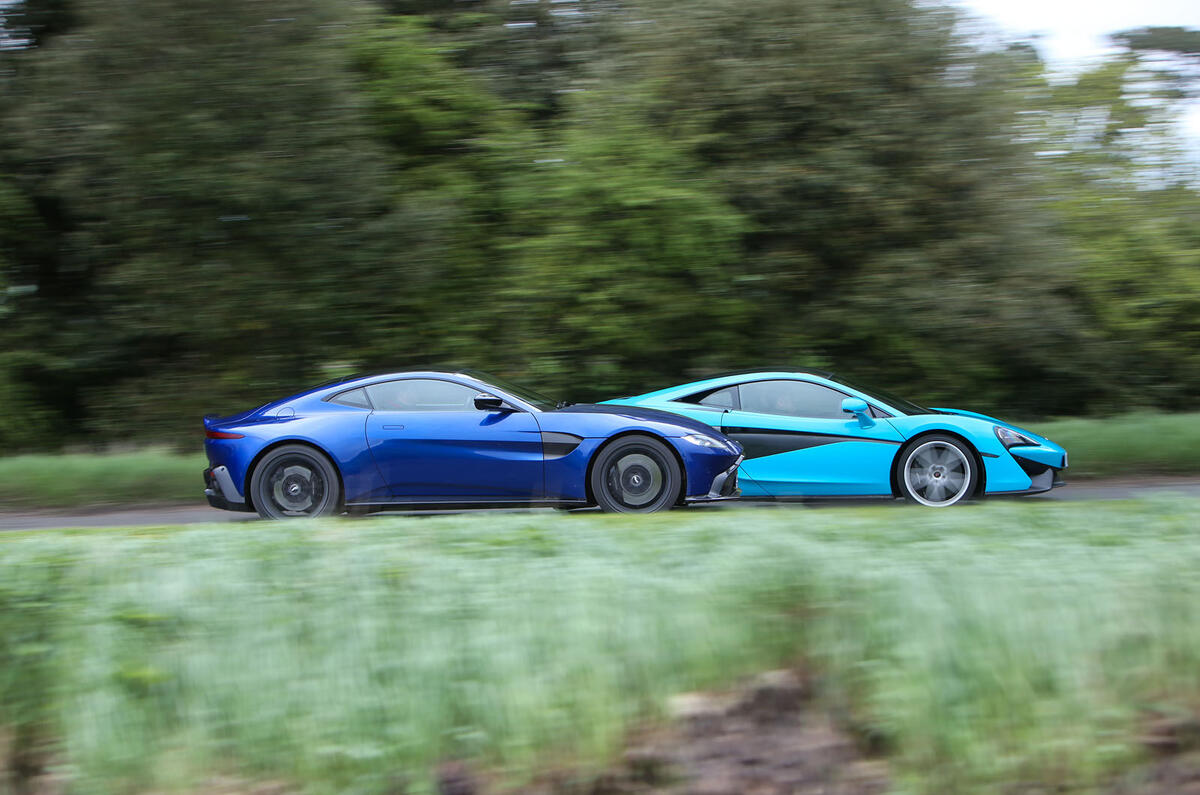
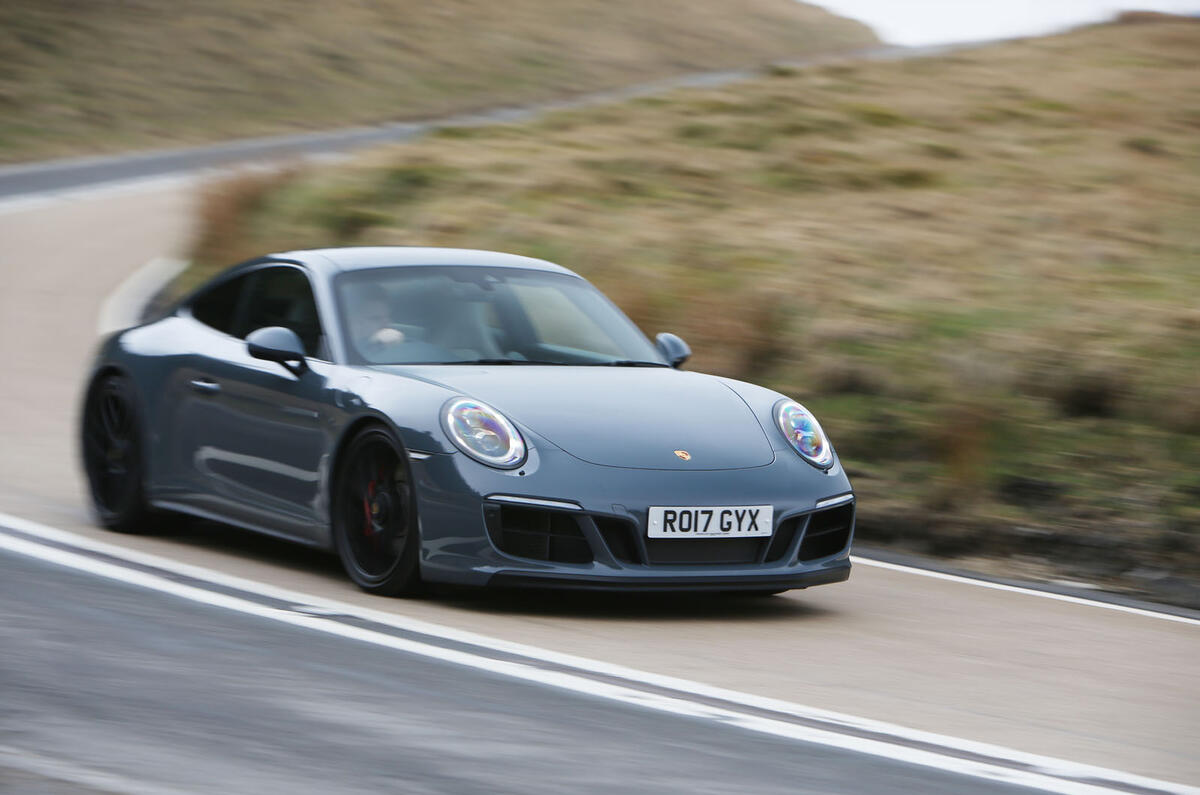

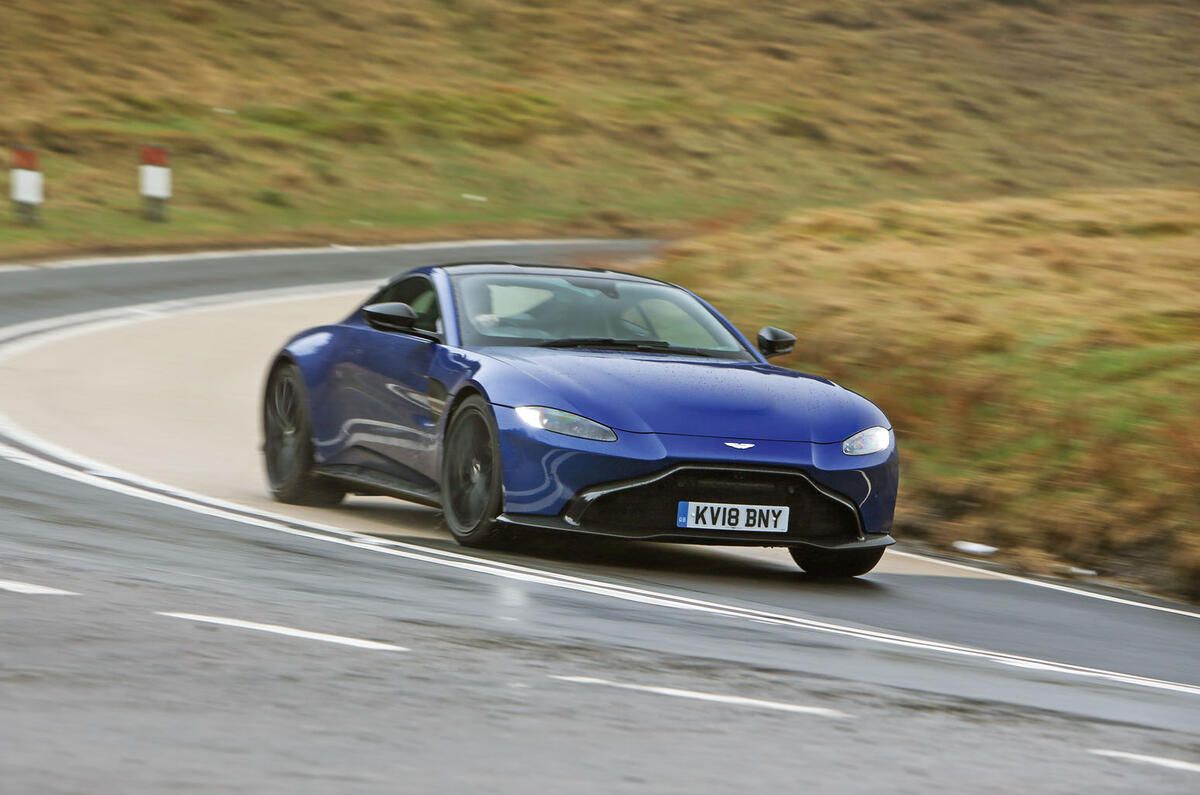
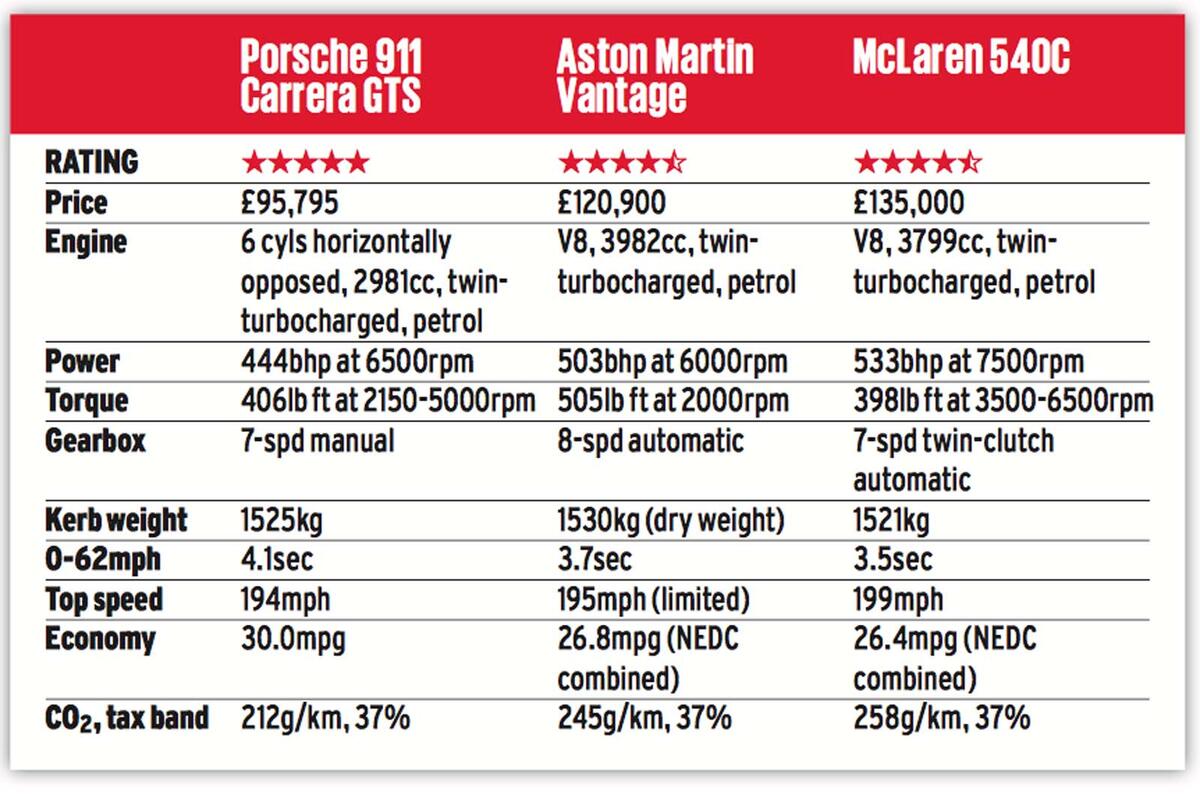


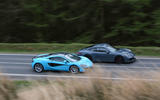

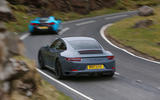





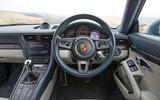


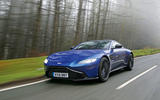
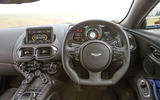

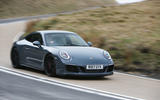
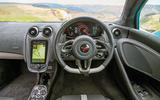
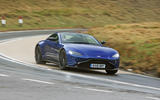
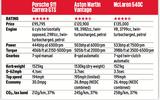

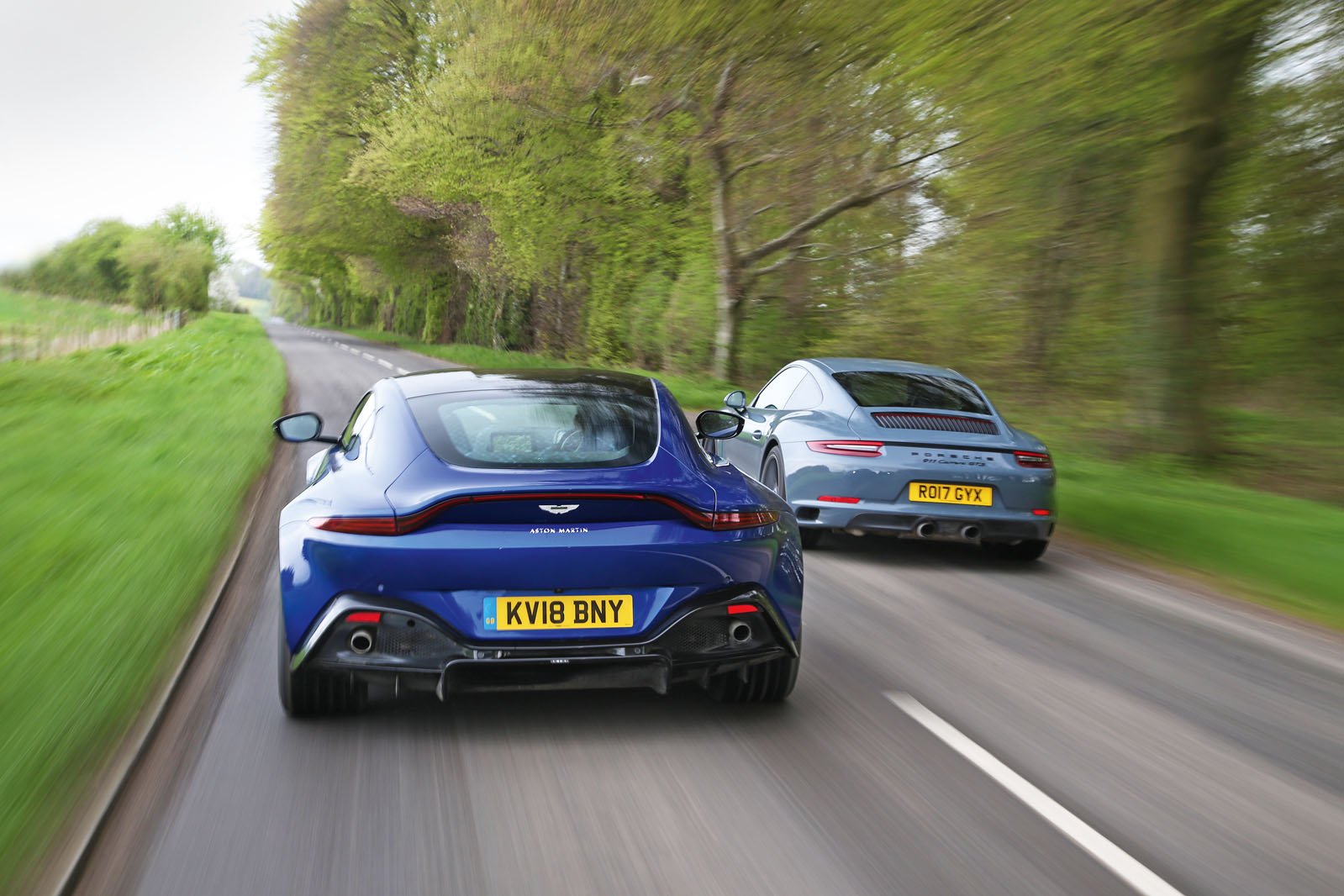
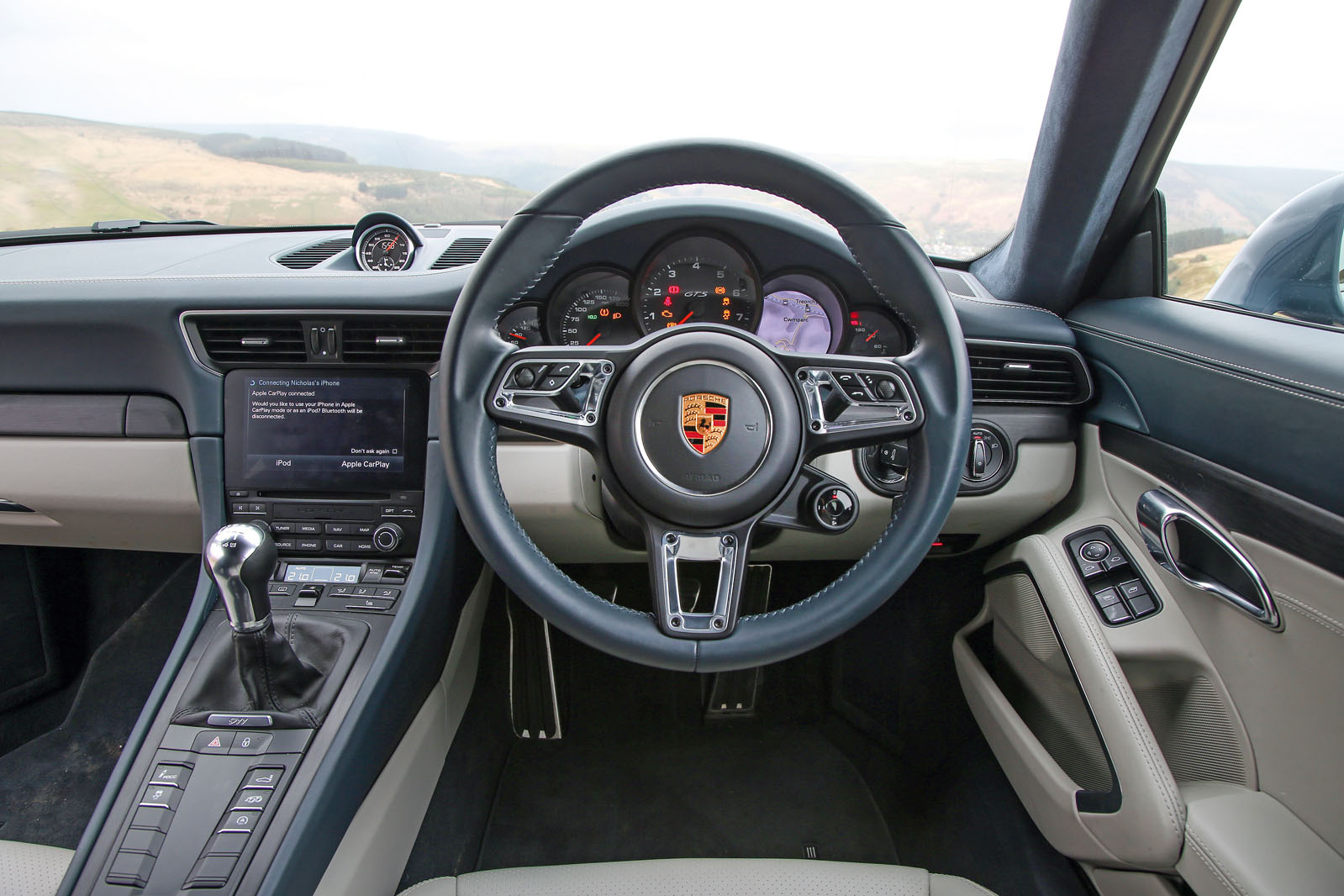
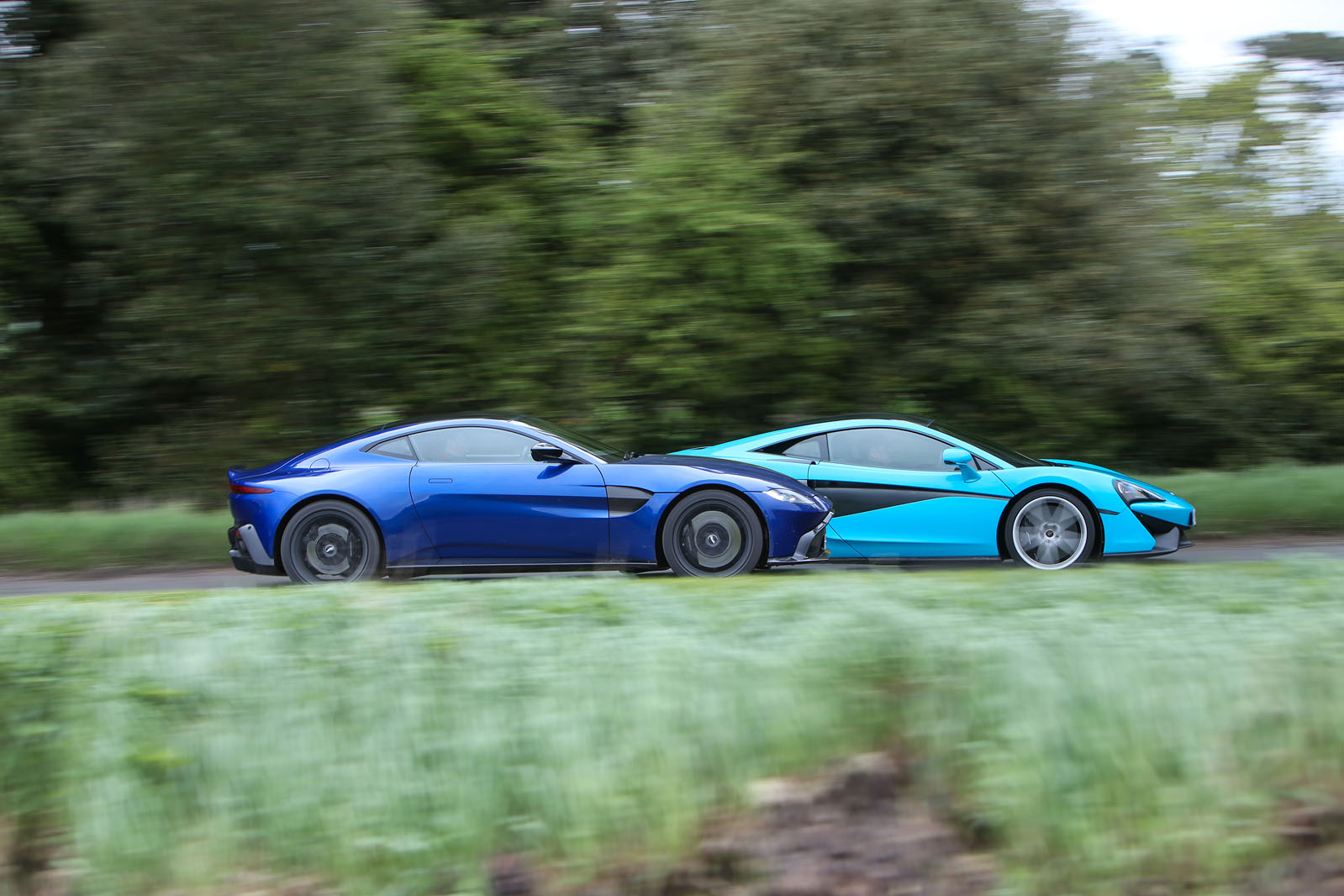
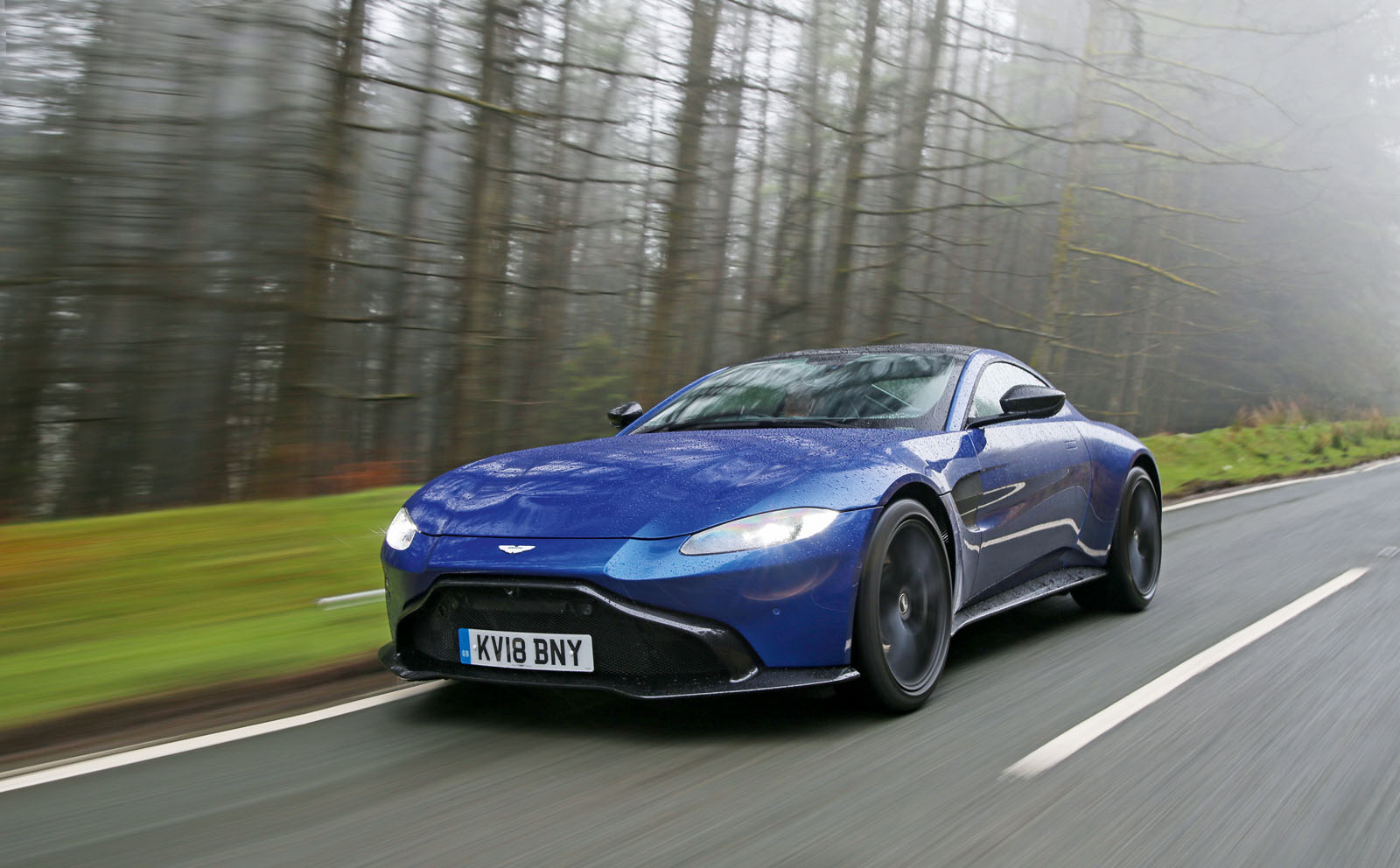
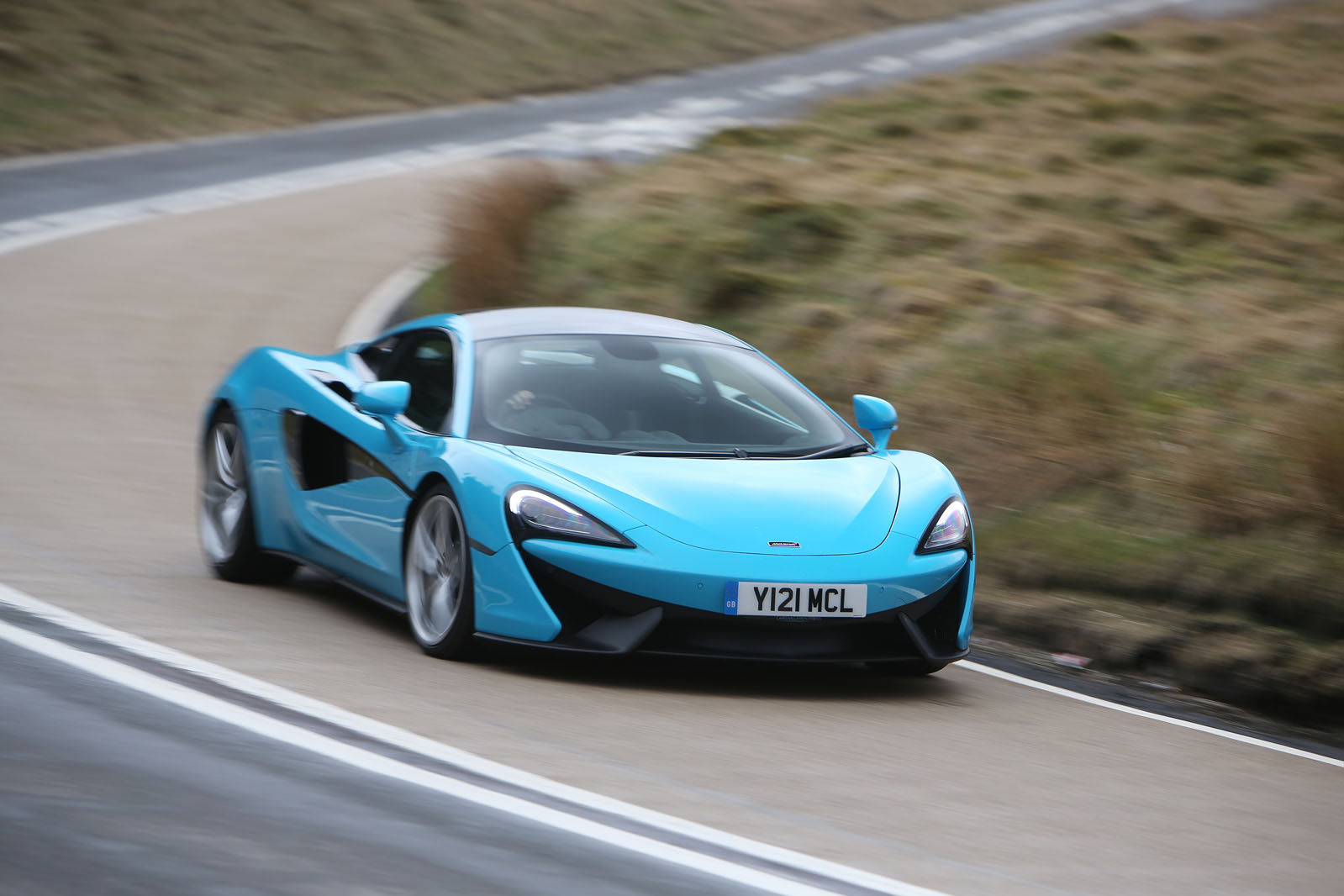
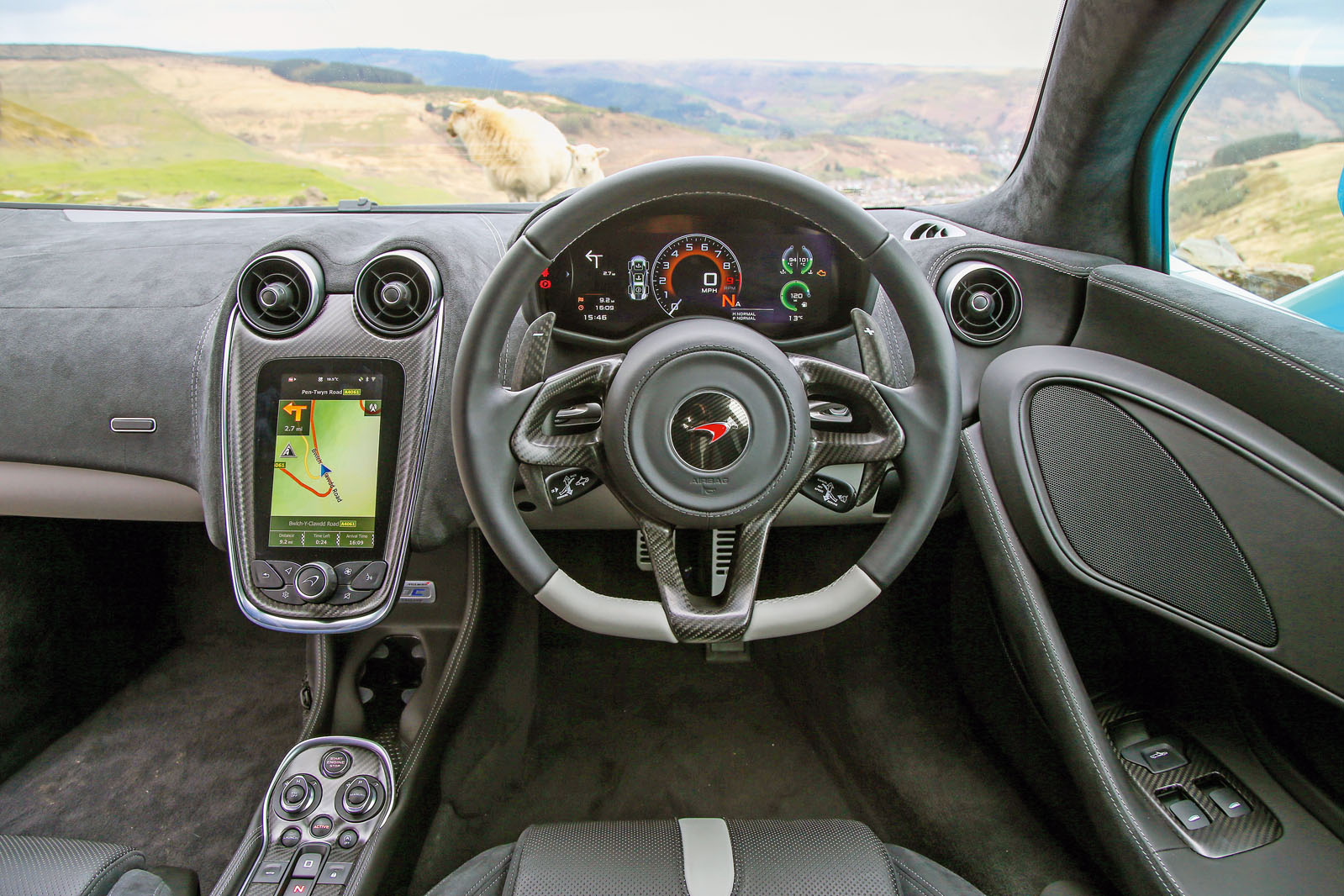
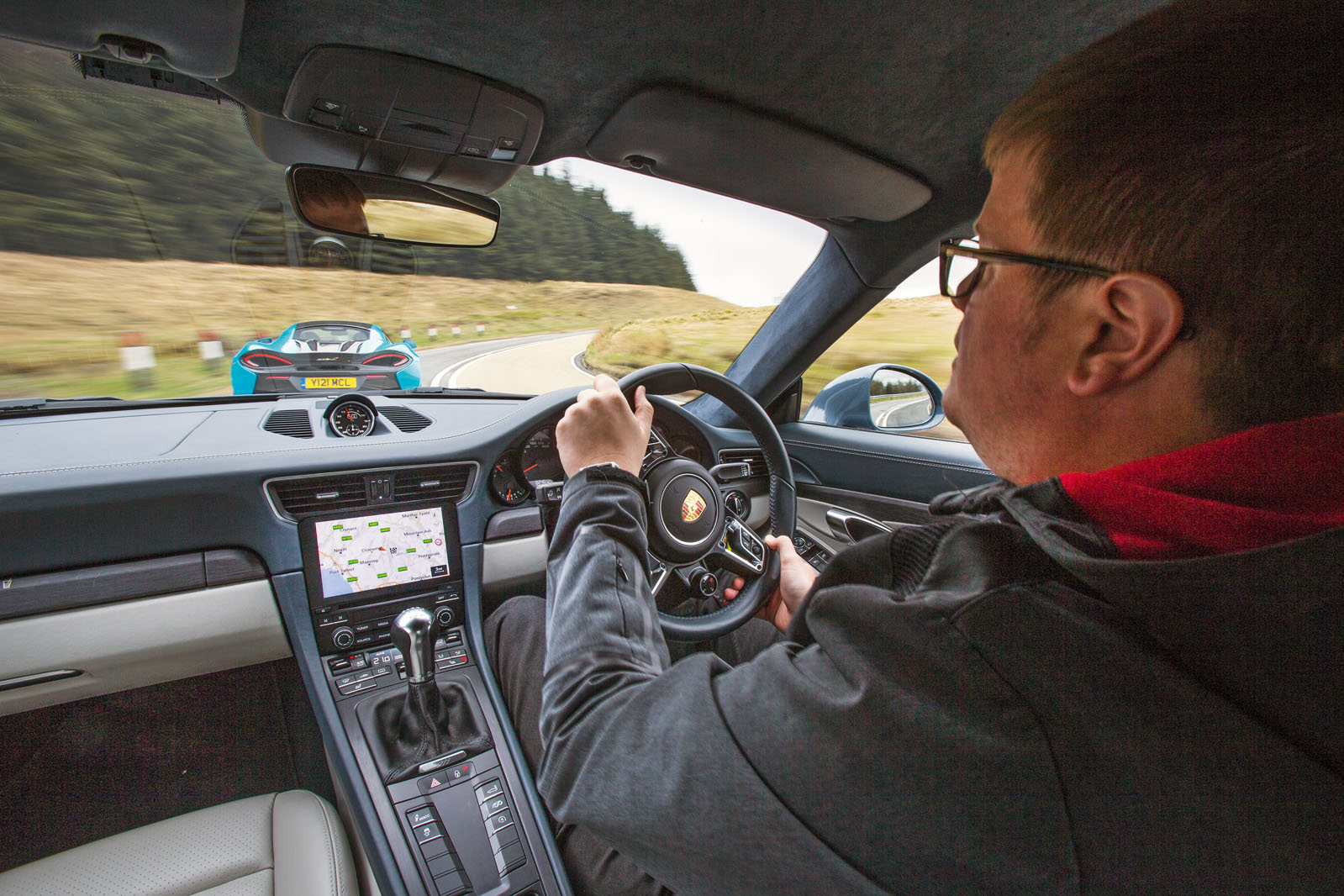
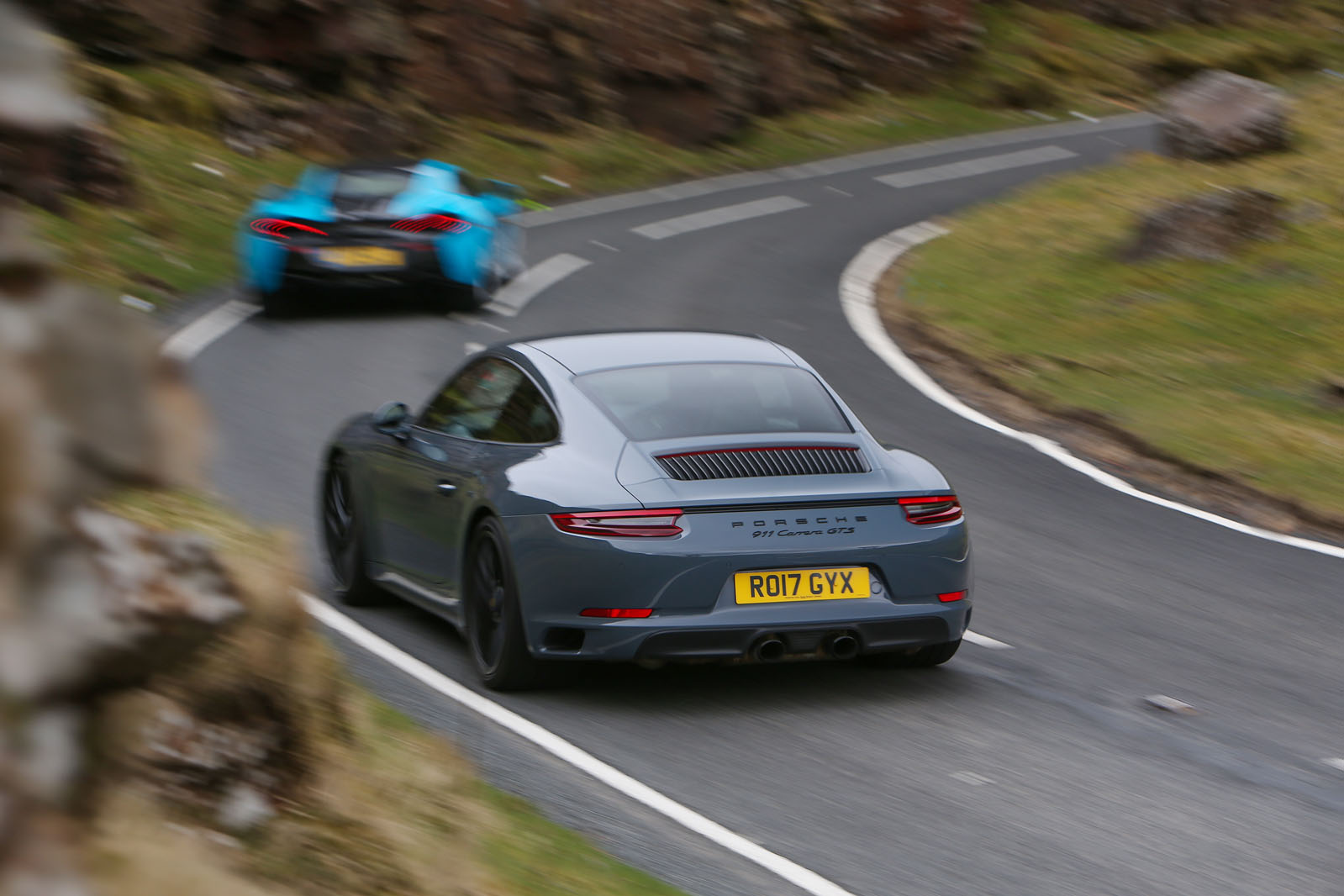
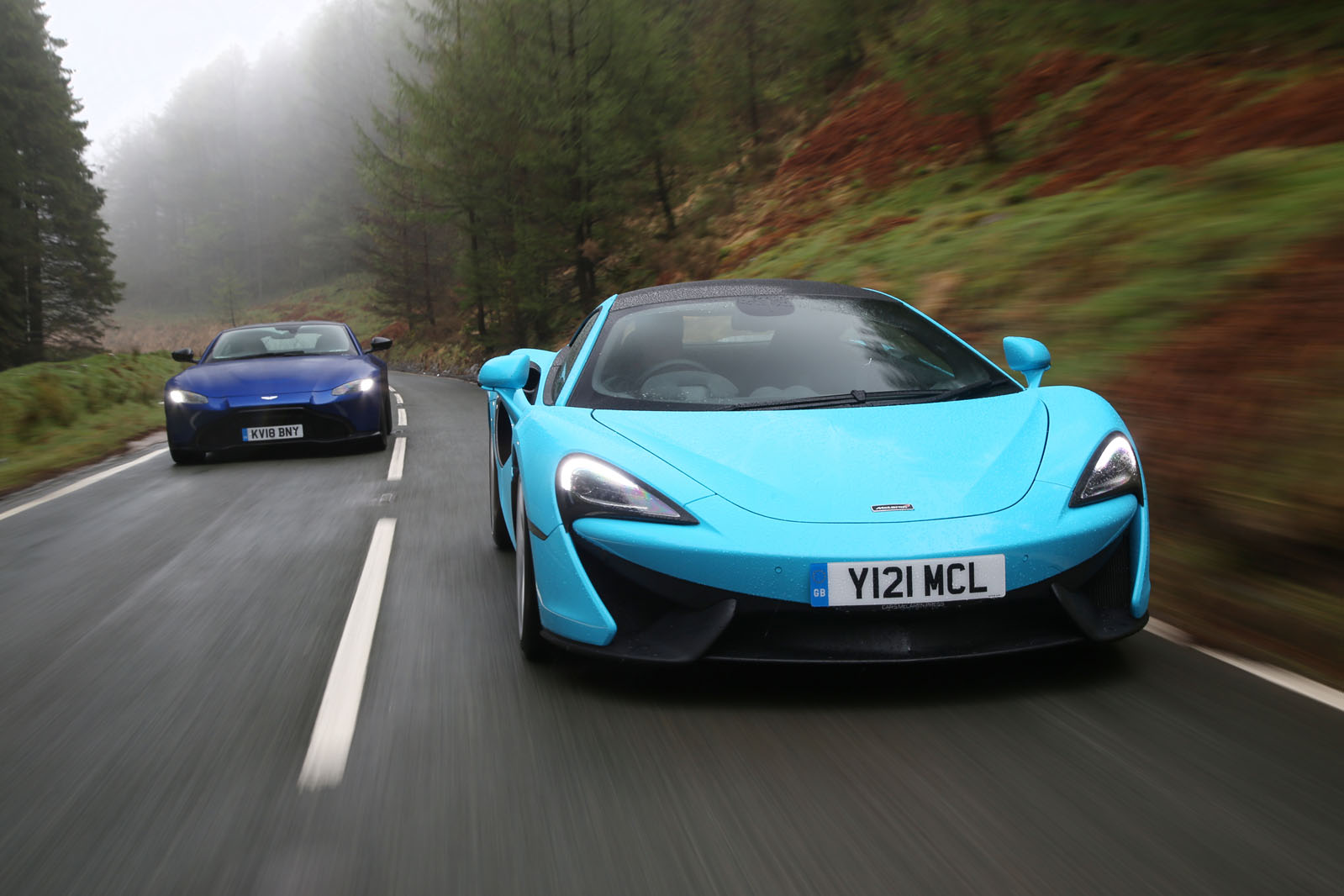
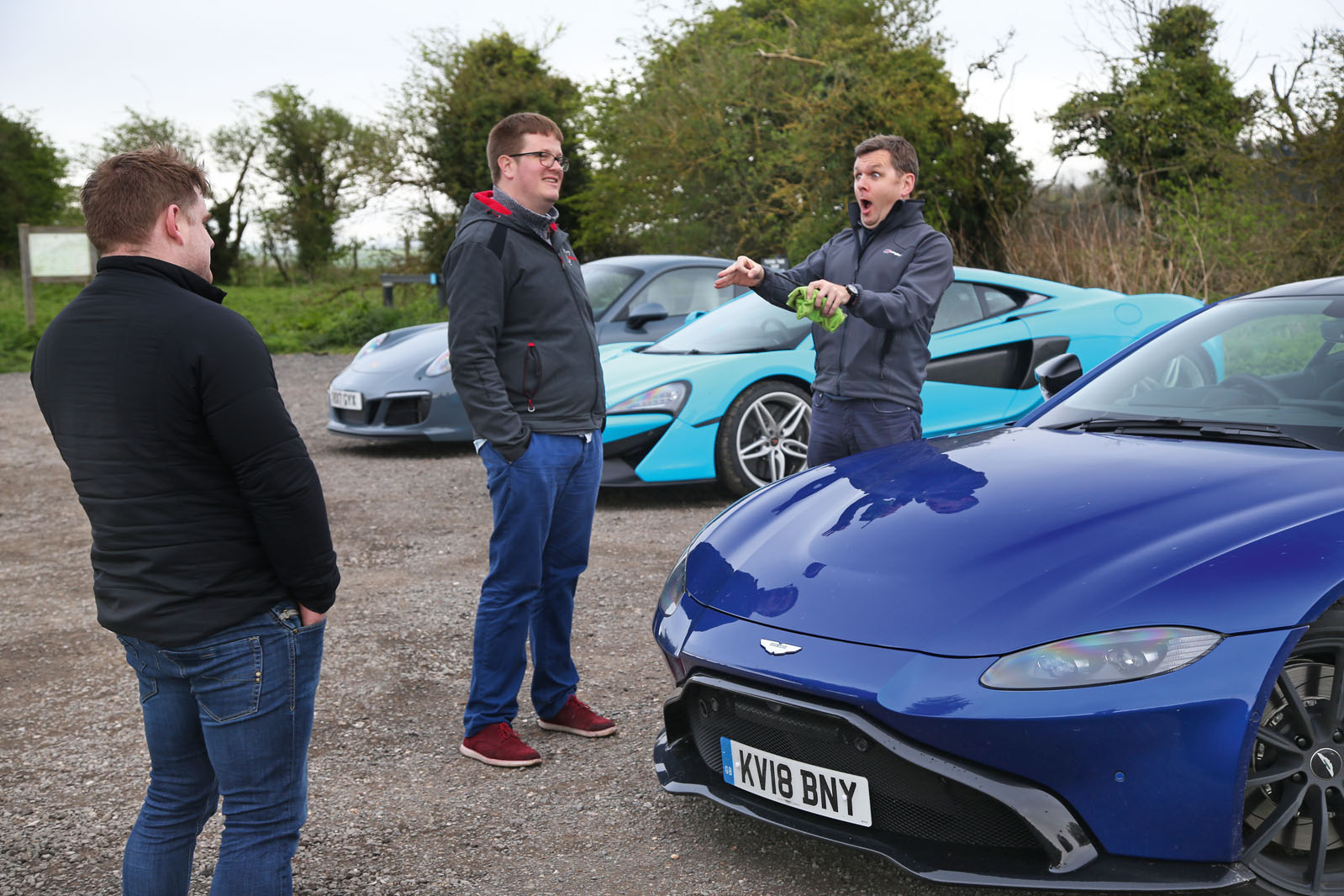
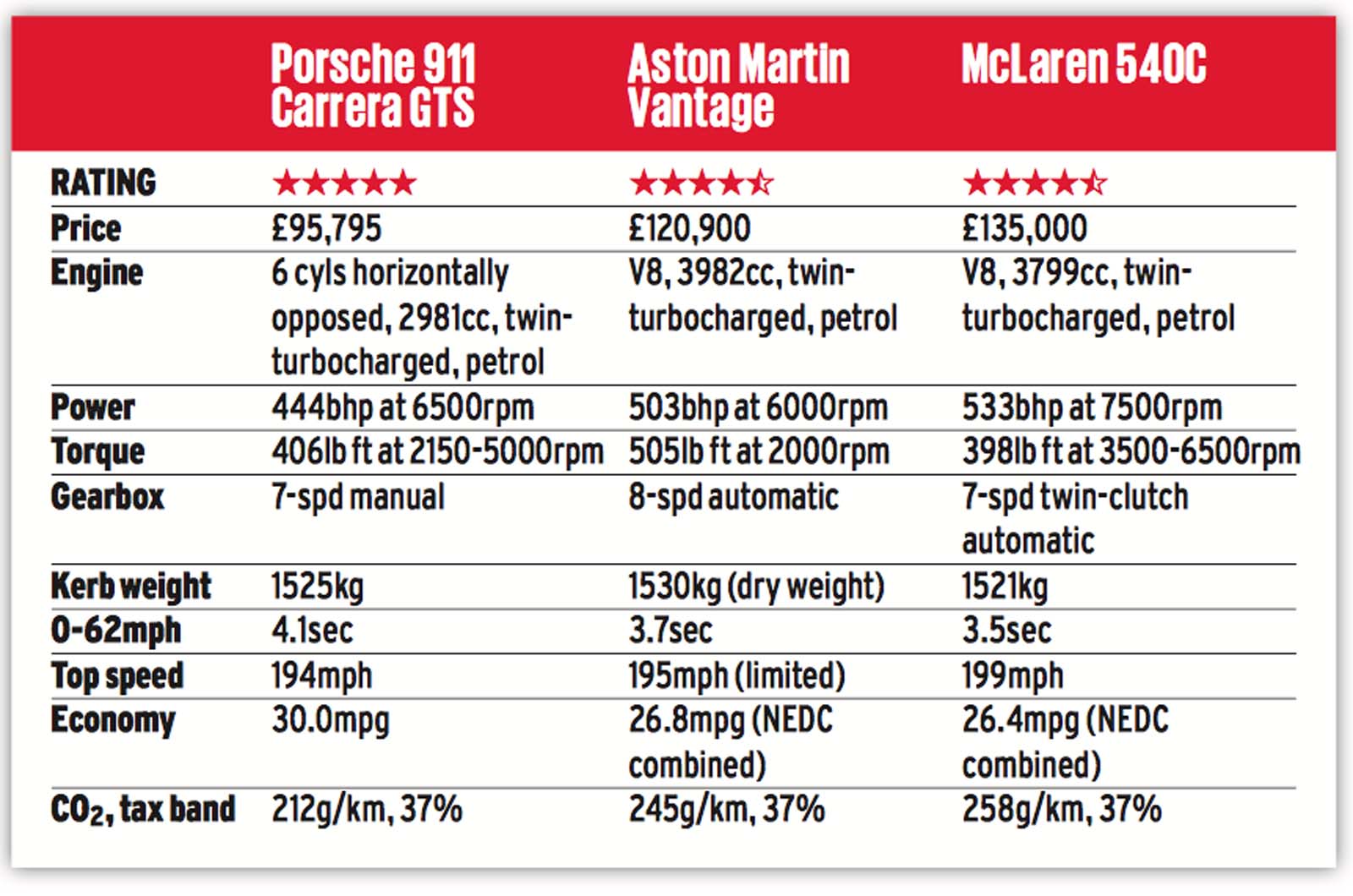





Join the debate
Add your comment
This is typical mainstream auto journalism
We learn the Mclaren is put so good in the wet, while hundreds of other articles over the years never so
much mention such a negative trait. Maybe we shoouod learn if this is a permanent Mclaren problem?
Was it this particular car? The tires? Do all Mclarens drive this way in the wet? How about some dang context?
we learn the Mclaren has the best steering, ok but how does Porches electric set up compare? Does it still have negative points? Can a electric system ever provide as good a feel for the road as a Hydraulic system? Why can't we be told? Their is little continuity or context to these tests. It's as if each test takes place in its own bubble and once popped its gone until the next. Not great "independent journalism". Sorry. J
Is there anyone...
who digs the Battlestar Galactica dashboard of the Vantage? And the unfinished-look, carbon rear-cladding below the bumper? So, if I am not wrong the oldest car here beats the newer, less economical and more expensive ones...
Aston MX-5